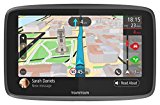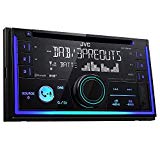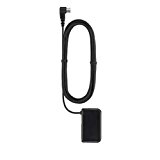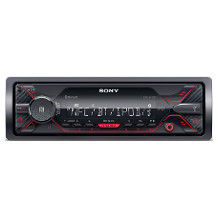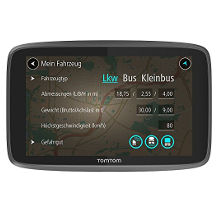Reversing camera purchasing advice: how to choose the right product
- What You Need to Know
- Rear-view cameras make the blind spot visible on a monitor inside the vehicle, making reversing and parking easier.
- Manoeuvring becomes even safer in combination with an acoustic parking aid. The signals help to estimate distances.
- Wired reversing cameras are particularly interference-free, but installation is somewhat more complicated.
- Wireless cameras are more flexible and can be mounted on trailers – but they are more susceptible to interference than wired versions.
Driving with all-round vision
Especially in newer cars and larger vehicles such as vans or SUVs – and of course in trucks, vans and motorhomes – reversing cameras are part of the basic equipment. They are mounted at the rear of the vehicle and transmit what is happening behind the car to a monitor inside the vehicle. For those who drive a lot in city traffic, often have to park in tight spaces or live in a neighbourhood with play streets, the devices are particularly helpful. After all, a passenger is not always present to help with parking or unparking. If the car is not factory-equipped with a reversing camera, it is easy to retrofit.
For whom is a reversing camera useful?
The technology of reversing cameras has improved greatly in recent years. One reason is the growing popularity of SUVs – in 2019, one in five newly registered cars was already a “sport utility vehicle”, according to Statista. The tall, spacious vehicles offer a comparatively high level of comfort when getting in and out. In addition, drivers have a very good view of what is happening on the road, at least to the front, thanks to the elevated seating position. This makes the cars particularly attractive for frequent drivers, unsafe novice drivers and families with several children. However, visibility to the rear is impaired due to the size of the vehicles, especially if there are other people or luggage on board. A reversing camera should therefore be standard equipment.
A reversing camera is also useful for older people and drivers who have limited mobility in order to be able to reverse and park safely. Those who are dependent on a van in their daily work or due to private actions, such as moving house, will quickly see the advantages of a reversing camera. In the meantime, the technology of the cameras has matured and the monitor usually comes on immediately as soon as reverse gear is engaged. To do this, the reversing camera must be connected to the rear light. In this way, the camera is supplied with power.
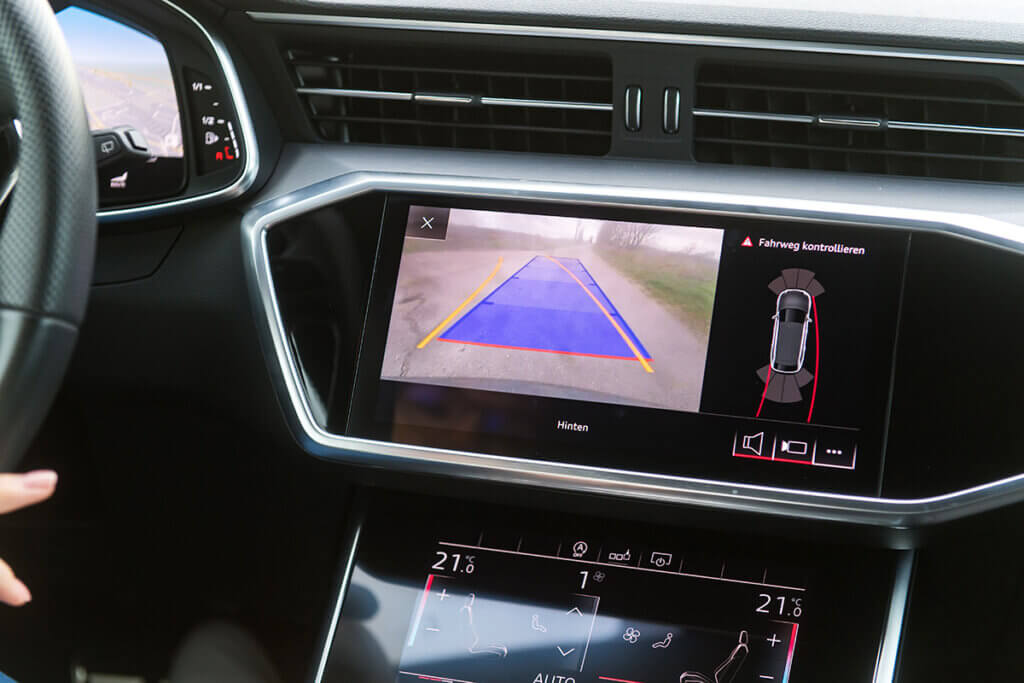
Some models even replace the rear light and take over its function. In addition to the transmitted image area behind the vehicle, reversing cameras usually display a grid or dynamic lines. On the one hand, these aids clarify the distance to other objects and, on the other hand, indicate the course of the road to be expected when the steering wheel is turned.
Visual or acoustic? Ideally both
In addition to visual parking aids via monitor, there are also acoustic variants. With acoustic parking aids, sensors on the bumper measure the distance to an obstacle and emit warning tones when this distance decreases. These signals become either louder or faster as you get closer, signalling when you should stop driving. However, you cannot see where the obstacle is or what it is. For a safer feeling and better orientation, a combination of acoustic parking aid and reversing camera is therefore recommended.
How does a reversing camera work?
hintenBoth factory-fitted camera systems and retrofit reversing camera sets include one or more video cameras that capture the surroundings behind the vehicle. Via radio or cable, the image signals are transmitted to a monitor in real time. The monitor is usually placed in the centre console in such a way that the driver can comfortably view it and control the navigation device or other vehicle settings via touchscreen. If a reversing camera is integrated at the factory, the image transmission usually runs via this central monitor. Retrofit reversing cameras often come with their own monitor that is mounted on the dashboard or windscreen. In addition, there are cameras that transmit the image to a paired smartphone, which must also be fixed in the driver’s field of vision with a special mount.
Wired reversing cameras
Wired reversing cameras are somewhat more complicated to install. The cable must be routed from the rear through the interior of the vehicle to the front of the monitor. For this reason, these models are not used with trailers or larger vehicles such as trucks or vans. The advantage of wired reversing cameras is that the transmission is more interference-free compared to the transmission of images via radio.
Wireless reversing cameras
Wireless reversing camera systems are easy to install because there is no need to lay a fixed cable. This makes them particularly interesting, for example, for anyone who often drives with a trailer.
Compared to a wired system, however, transmission interference can occur, such as the image freezing. This can happen, for example, with very large vehicles or if people in the vehicle interfere with the direct radio connection. It is therefore important that, despite the reversing camera and acoustic warning signals, the driver’s attention does not lapse when reversing and parking. Radio rear view cameras work either via analogue radio transmission or digital transmission via WLAN or Bluetooth.
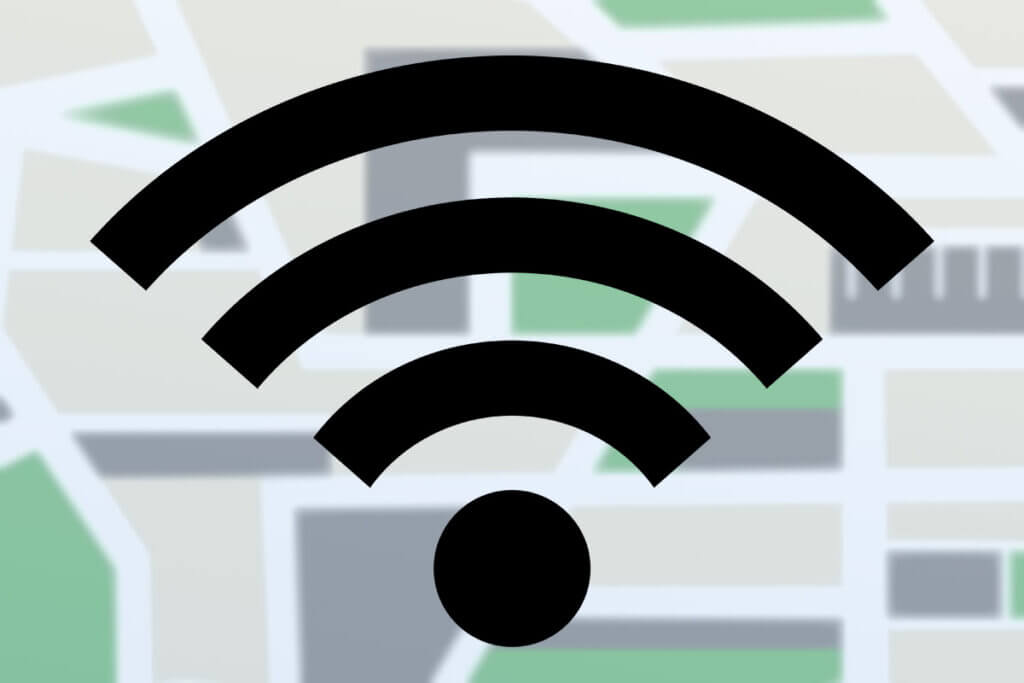
What is important when buying a reversing camera?
In addition to the connection technology and the device for receiving images, there are a number of other criteria that influence the purchase decision. These depend in part on the vehicle for which the reversing camera is to be purchased or when and how often it will be used.
Viewing angle
The larger the horizontal and vertical viewing angle, the more complete the field of vision and the better the driver’s orientation. To cover as much of the surroundings as possible, reversing cameras use a wide-angle lens with special lenses. For a better overview, however, the distances on the monitor appear somewhat smaller than is the case in reality. To ensure a picture that is as undistorted as possible, a reversing camera should have a shooting angle of 170 degrees.
Display size and resolution
If you use your car’s reversing camera regularly and rely on the image it displays, you should make sure that the monitor is large enough and that the resolution guarantees a sharp image. As a guide, LC displays with a screen diagonal of 7 inches and a resolution of 1,920 x 1,080 pixels are recommended.
For drivers who do not attach great importance to an optimal display and only need assistance when reversing, there are also inexpensive models with a diagonal of 3 to 4 inches and a low resolution of around 320 x 240 pixels. However, these cameras are not suitable for precise manoeuvring, but only help with approximate orientation.
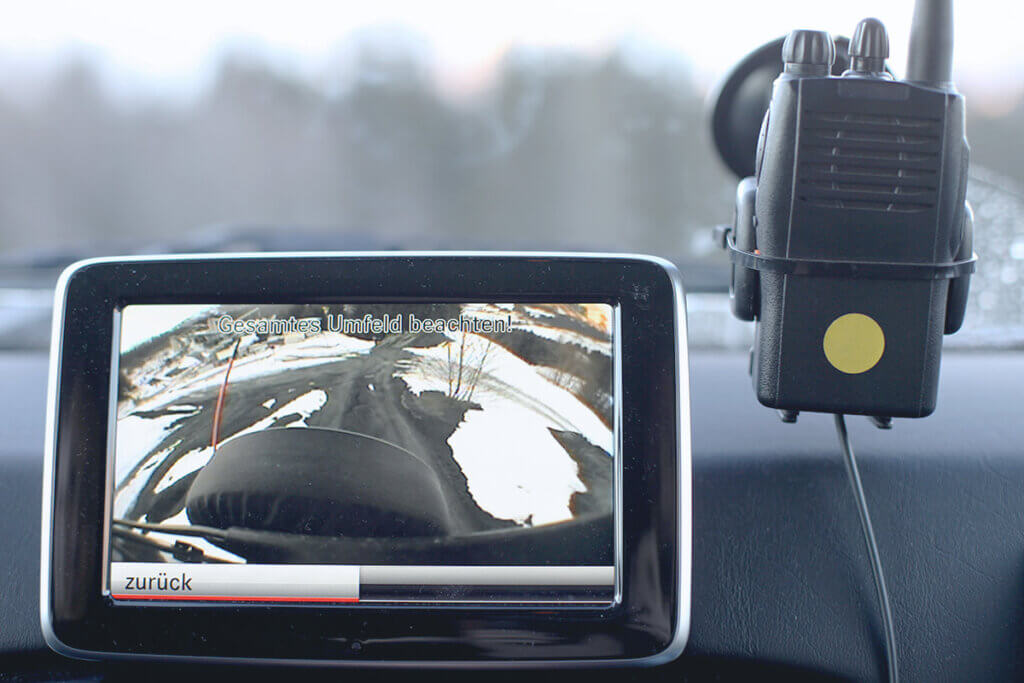
Transmission range
The transmission range is particularly important for very large vehicles such as trucks, vans or cars with trailers. Since wired reversing cameras are rather complicated to install, wireless cameras are preferred here. A connection via WLAN is much more stable and guarantees a greater transmission range than a connection via Bluetooth. Many cameras have a transmission range of up to 100 metres.
Housing
The housing of reversing cameras is very robust and weatherproof. As a rule, moisture and cold cannot harm the cameras. The IP value is a guide to protection against dirt and moisture. It indicates how enduring a camera is in the face of physical impacts such as bumps and knocks as well as moisture. The higher the IP number, the better the device is protected.
Some models even have an additional heating function that prevents the reversing camera from freezing in sub-zero temperatures. Ice and snow thaw so that the view remains clear. Some models have a flap that protects the camera when not in use. While reversing, the flap opens automatically. Such flaps are mainly used for cameras on construction site and agricultural vehicles. Thanks to such protective mechanisms, the life of the camera lens is considerably extended.
Battery
Rear view cameras draw their power either from the rear lights or from an integrated battery. Wireless cameras are available as battery- or accumulator-powered versions. The installation of these devices is easier because no cable has to be laid. However, you have to make sure that the battery is always charged. For this reason, you should check the functionality of the reversing camera before every journey.
Extras and functions
In addition to the basic equipment, there are other helpful additional functions:
The automatic image activation is particularly practical, as the monitor switches itself on as soon as you engage reverse gear. However, this function is only available with cameras that are connected to the rear light. When you engage forward gear, the image automatically switches off again.
Auxiliary lines on the transmitted image divide the area into several zones. Colour coding of the lines makes it clear when the distance to the obstacle becomes too small. In most cases, you can switch off this function if you wish, as the lines do not always provide assistance but can also be irritating.
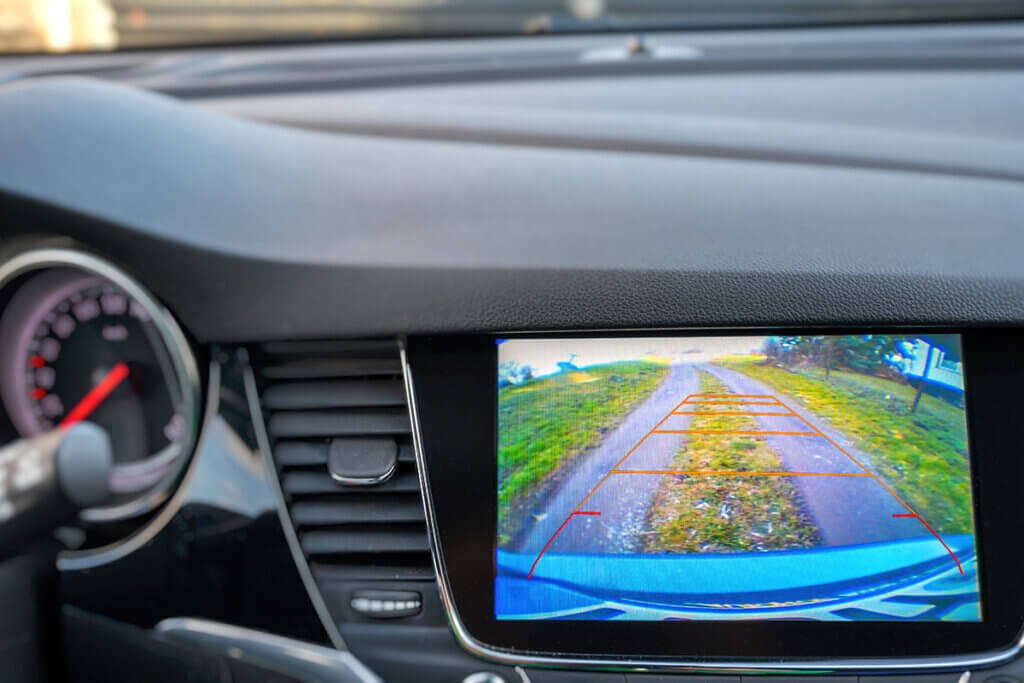
A night vision function can be very helpful: In darkness and poor visibility, infrared LED lights turn on automatically so that the rear area on the vehicle is better illuminated.
A microphone on the camera is useful for trucks and larger commercial vehicles, for example, when several people need to communicate with each other when manoeuvring. In such situations, so-called multi-camera reversing systems, which consist of several cameras, are also advantageous. Depending on the design, you can mount up to four video cameras on the vehicle. In this way, you significantly increase your field of vision in large vehicles – the cameras also do a good job in the front area if the car is very high, for example.
Cameras with a recording function can provide stored live images as evidence in the event of accidents or property damage. SD cards or USB sticks can be used as storage media.
How do I install a reversing camera?
A reversing camera is either screwed to the vehicle, attached to the licence plate or mounted on the rear using a magnet or clip. It is advisable to mount the camera in a protected location so that the lens is protected as far as possible from dust and moisture. One possibility is to mount the camera under the handle bar of the boot or the number plate holder. Mount the camera at a slightly downward angle. This way you can see the bumper in the picture and use it as an additional guide. Take a few test shots before you finally mount the camera and use it while driving.
If in doubt, go to the workshop
As soon as it comes to drilling holes in the car and laying cables in the interior, we recommend a trip to the workshop. Otherwise, you quickly run the risk of moisture penetrating the vehicle through the holes and causing problems with the on-board electronics.
What are the legal requirements for reversing cameras?
For passenger cars, including vans and SUVs, vans and lorries that are lighter than 3.5 tonnes, there are no regulations prescribed by law for the use of reversing cameras. The use of such camera systems is therefore voluntary. It is only important that the installation does not impair the roadworthiness of the vehicle. Since 2007, vehicles weighing more than 3.5 tonnes must be fitted with wide-angle mirrors and reversing cameras in order to make the blind spot visible. A complete view of the driver is very important for large vehicles and is therefore mandatory – for this reason, modern trucks and buses are already equipped with reversing cameras at the factory.

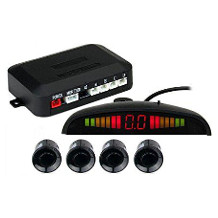
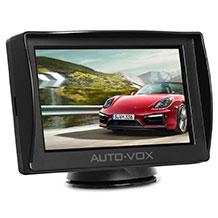
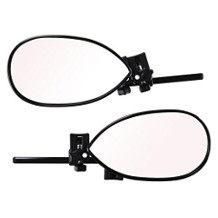
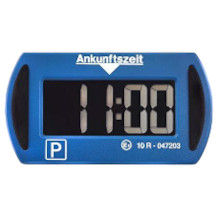
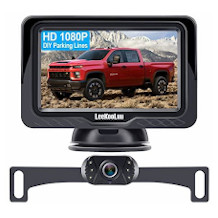
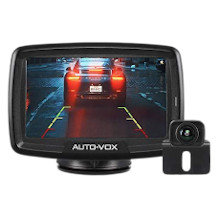
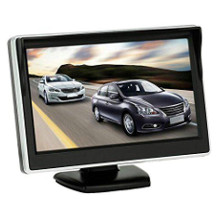
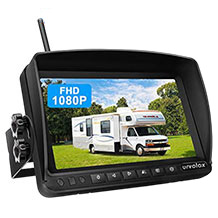
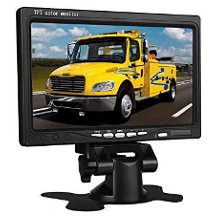
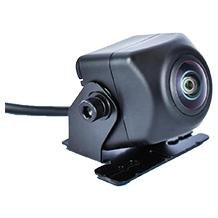
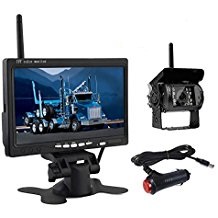
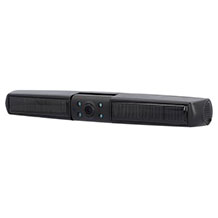

 13,880 reviews
13,880 reviews
